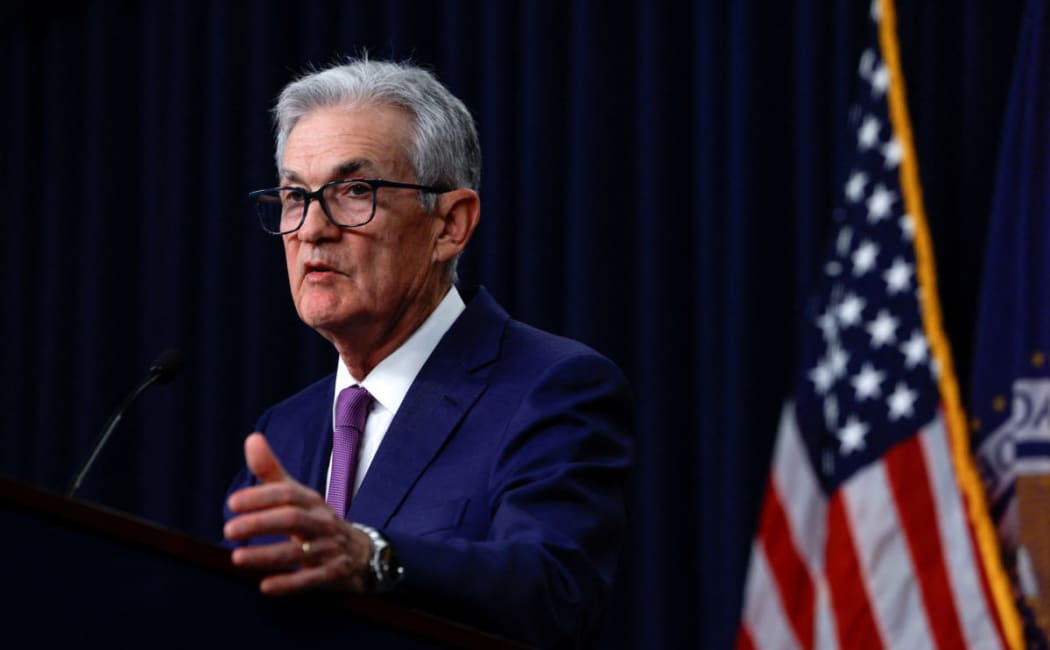Fed’s Logan Urges Caution on Further Rate Cuts Amid Inflation & Labor Risk

Fed’s Logan Urges Extreme Caution on Future Rate Cuts
Dallas Fed President Lorie Logan emphasized that while the Fed’s recent interest rate cut serves as a protective “insurance” against a sudden deterioration in the job market, policymakers must remain extremely cautious about further easing.
Core Messages & Key Highlights
- Inflation remains above target and shows upward tendencies amidst tariff-driven pressures.
- Labor market is gradually cooling but could be more vulnerable than it appears.
- Policy must not be loosened too rapidly — a reversal would be painful for price stability.
- Even with slower inflation, the risk of expectations becoming entrenched must be managed.
Why Logan Views the Cut as an “Insurance” Move
Logan remarked that the Fed’s recent quarter-percentage-point rate reduction was intended as a hedge against a nonlinear, rapid downturn in the jobs market. In her view, the labor market shows signs of gradual softening, with payroll growth decelerating and hiring momentum weakening.
Nonetheless, the inflation backdrop remains daunting. Prices have persistently stayed above the Fed’s 2 percent goal, and ongoing tariff headwinds are exerting upward pressure on goods inflation. Logan warned that even one-off tariff effects could become embedded in expectations if not handled prudently.
Labor Market: Slowing but Still Delicate
While the U.S. labor market continues to show resilience, it is losing strength. Job additions have slowed, hiring has moderated, and the margin for error is narrower. Logan cautioned that the labor market could be more fragile than surface indicators show.
She further noted that achieving inflation stability may require slackening labor conditions — meaning higher unemployment or fewer hours worked — to cool price pressures.
Risks of Too-Aggressive Easing
Logan cautioned against slashing rates too aggressively, stressing that an overshoot could force the Fed to reverse course — a move that risks damaging credibility and destabilizing inflation expectations.
Another danger is that even transient inflation shocks — such as those from tariffs — may become anchored in expectations if rates are cut prematurely. In this light, she argued that patience and forward calibration are essential.
Context: Where Policy Stands Now
The Fed currently sees policy as “modestly restrictive,” meaning it is somewhat constraining activity but not overwhelmingly so. Some room for cuts exists, but Logan believes the path must be gradual.
Her outlook diverges from those calling for aggressive easing, arguing that inflation remains too sticky and the labor market too delicate to make bold moves without risk.
Implications & What to Watch
Logan’s stance signals that further rate cuts are unlikely to be dramatic or frequent in the near term. Markets should temper expectations.
Key indicators to monitor include:
- Core inflation trends (excluding food & energy)
- Wage growth and hiring strength
- Tariff developments and import price dynamics
- Forward inflation expectations in surveys
- Labor force participation and unemployment data
If inflation remains sticky and labor markets lose speed gradually, Logan’s approach suggests a slow, measured, data-dependent easing path — not a rush to cut.
Conclusion
Dallas Fed President Lorie Logan’s cautious tone underscores the balancing act the Federal Reserve faces: achieving price stability while preserving labor market health. The recent interest rate cut may be defensible as insurance, but Logan clearly warns that future cuts must be carefully calibrated.
In her view, the risks of over-easing and fueling inflation expectations are real — and reversing course would carry significant costs. For now, the Fed must proceed deliberately.
